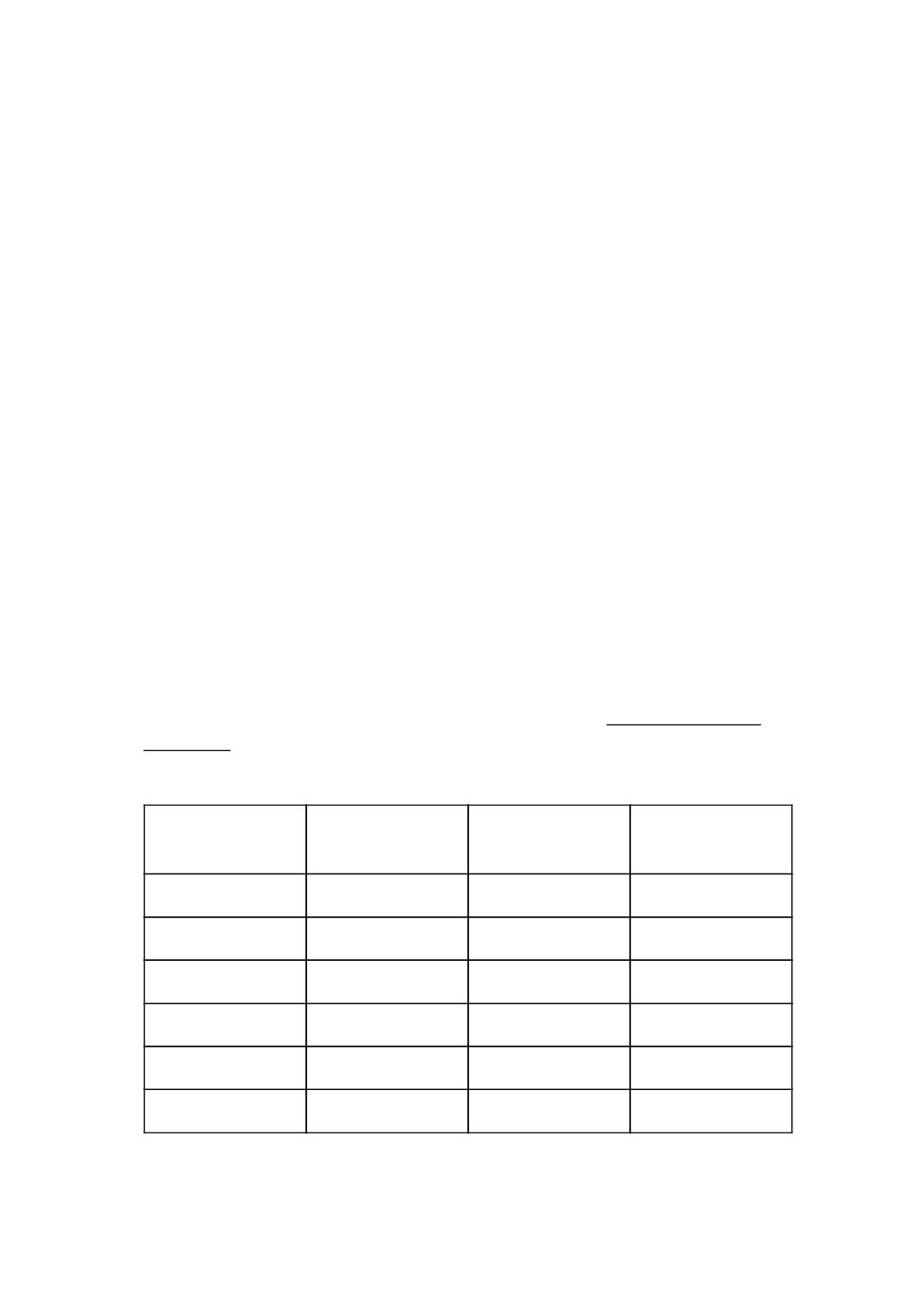

looking after your mate and at the same time adopting tactics that were
less consuming of the bodies and minds of young Australians.
The soldiers of the Australian Imperial Force were in behaviour and civic
discipline, no better, in fact probably worse, than their Commonwealth
allies. However, whether it was the extensive training bonding period to
get to Europe, their close affinity with their own military leaders, their
strong physical presence, their healthy civilian diets, or just their strong
desire to prove their worth or mateship, they were sought after as a group
who would take on any foe.
The Australian’s last military action occurred on the 5th October, 1918.
The War concluded in an armistice on the 11th hour of the 11th day of
November, 1918.
While the ANZACS at Gallipoli, in the long run, have gained the
reputation for developing and molding the ANZAC ideal, I believe it was
the troops on the Western Front who earnt and solidified a reputation for
the qualities we now profess are ours; mateship, defending the rights of
our fellow citizens, and fighting to the end.
While our casualty figures were exceedingly high, the number of other
casualties particularly from the European countries dwarfed our losses.
This is illustrated by figures estimated by Lindsay in
Our Darkest Day:
Fromelles
page 223.
World War 1 Casualties by Country
Country
Killed & Died
Wounded
Prisoners &
Missing
Russia
1,700,000
4,950,000
2,500,000
France
1,357,800
4,266,000
537,000
British Empire
908,371
2,900,212
191,652
United States
126,000
234,300
4,500
Germany
1,773,000
4,216,058
1,152,800
Turkey
325,000
400,000
250,000
Note: Australia is counted as part of the British Empire casualties.
117















